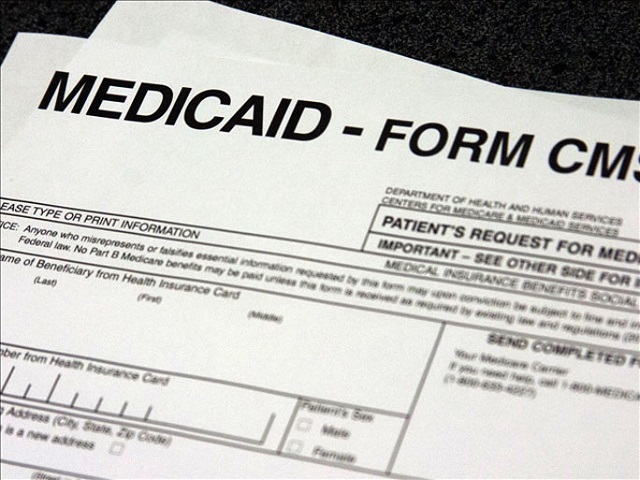Medicaid Application

Applying for Medicaid
Medicaid provides low-cost health insurance to individuals and families with low-income, pregnant women and children. It also delivers coverage to people with disabilities and to the elderly. This type of health insurance is offered to people within the United States and to qualify your income must fall between specific income levels. It is a public assistance program that is a funded by the federal government and state.
Women that are pregnant and people with disabilities may qualify regardless of income. Although this program is similar in each state, it may have a different name. For instance, the name for the program in Alaska is Denali KidCare and in Georgia, it is called PeachCare for Kids. The program provides health insurance to those who qualify regardless of the state.
Every state has their own qualification requirements that you must meet to receive benefits. Some states have expanded coverage, and others do not. Your income level must be 133% under the poverty level. You can also qualify if you have extremely high medical bills in relation to your income and assets.
The Application Procedure
If you need medical coverage and believe you meet the qualifications, then you should apply. The agency in your state accepts applications every day and all you need to do is fill out the form and provide proof of your income. You can apply at their offices, at a designated location in your community or by phone. The form is also available online for those with access to a computer.
After you apply and if you are approved, you must go through an assessment to see if you need long-term or skilled care. Someone that has a chronic illness or disability may need long-term care and qualify for assistance. The qualification process can be done by you, or you can choose to have someone do it for you. They must know your situation, answer eligibility questions and have knowledge of your finances.
When you apply and own a home, you will need to provide your current tax bill and copies of your mortgage. Even though homes are not assets, the equity of your home impacts the decision for receiving long-term care. Since the approval process can take up to 45 days, you should apply as soon as your health or financial situation changes.
The Eligibility Process
There are certain requirements that you must meet to qualify for coverage that include income, disability and age specifications. Each applicant has different situations and needs that may fall under a certain guideline. Your income must be lower than the federal poverty level, and you must meet additional requirements. The general requirements include being age 65 or older, having a disability or blindness. The program gives priority to pregnant women, children and parents or caretakers of children.
In addition, you must be a United States citizen and a resident of the state where you applied. You need to have social security number and if you are not a U.S. citizen meet immigration rules. If you have assets such as bank accounts, stock, bonds or certificates of deposit, they will need to be verified. Any additional real estate property, trust funds or automobiles require accountability too.
Even though the program requires proof of assets, they do not count your home, life insurance valued under $1,500, personal property or burial agreements. The equity of your home can affect whether you receive long-term care services and nursing home care from the program. Additionally, if the equity value of your home is too high, the program will not pay for long-term care. However, if you have a spouse or child that is blind or disabled and under 21 the amount of equity of your home does not affect your benefits.
Medicaid & CHIP Coverage
This insurance program delivers coverage to people with low incomes in the United States. This program accepts applications all year round and helps children, pregnant women, the elderly and disabled individuals. You can apply for coverage online at www.healthcare.gov to see if you qualify. The application is available through the health insurance marketplace and allows you to apply directly through your state.
Once you submit your information at www.healthcare.gov, a representative will contact you regarding your application. The CHIP program stands for the Children’s Health Insurance Program and is offered in all states. This program provides health coverage at a low-cost to children in families. Even though their family’s income is over the amount to qualify for low-cost healthcare, children can still be covered. There is no need to buy a marketplace insurance plan if you are covered by CHIP. Although this is a federal and state program, each state offers different services and has their own income based qualification plan.